Shema
Shema is the Hebrew word for “listen” or “to hear.” It is the first word and also the name for a prayer that is recited every morning and night by the religious Jewish community.
"Hear O Israel, the Lord is our God, the Lord is One" (Shema Yisrael Adonai Eloheinu Adonai ehad). (Deuteronomy 6:4)[1]
This prayer is a declaration of one’s faith in God and it is spoken while turned toward Jerusalem and with eyes covered.
But the word Shema carries weight in its original language. It is not like our English word to listen or hear. Sometimes we can hear something without any intention of listening to it. It is just sound waves entering into our eardrum. But Shema is a call to pay attention with the intention of responding…listening to obey.
Every parent would like their children to shema when giving their chore list for the day. More than merely hearing instructions, it is following through and doing what is asked of them.
A living example of this word shema is in the life of Mary of Bethany. Her presence shows up three times in the biblical narrative – each at the feet of the Savior.
First, in Luke 10:38-42, we see Mary sitting at the feet of Jesus continually listening to His teaching. Her sister Martha was very upset that she took this posture instead of attending to her “to do” list. Mary chooses to shema the words of Messiah. Listening intently with the intention of obeying Him. Jesus defends Mary’s decision and will not allow it to be taken from her. She was invited as an equal to the disciples’ table of learning where there was continually a feast.
Second, in John 11:1-45 we see Mary at Jesus’ feet when He raises Lazarus, Mary’s brother, from the dead. Mary had a front row seat to the death of her beloved brother. In biblical times the family would prepare the body for burial. They would wash, anoint, and wrap the body in linen while reciting prayers. Jesus delays in coming to the family He loved in order for the glory of God to be revealed (verse 5). Scripture tells us when He did come, Mary fell at His feet (verse 32) and poured out her unbridled sorrow and disappointment.
Jesus listens to her and acts with incredible emotion at their distress. Lazarus is raised to life in their very presence. The grave clothes they carefully wrapped in deep grief just days before were now being unwrapped in joyous victory over the grave. Jesus embodied shema of those He loved.
Lastly, in John 12:1-11[2] Mary is found at Jesus’ feet, this time with an alabaster jar of nard. This dark red/amber colored perfume cost a year’s wage, and some would argue it could have been this young woman’s dowry. She was an eyewitness to the Messiahship of Jesus. He was the living God incarnate and she recognized it. She broke the jar and anointed His head and feet with the costly perfume. Scripture tells us of her humble action to use her hair to apply the oil to his feet.
This action shows Mary not only heard the teachings of Jesus but internalized them. She bows low to pour out her devotion to the Son of God. Jesus defends her actions to irate disciples and declares her worship would be retold in her honor wherever the gospel is preached.
The earthly aromatic scent of the nard filled the room, reminding everyone of its cost and preparing the body of Messiah for burial. Everyone who embraced or encountered Jesus that last week of His life would have breathed the scent of the anointing oil. It would have remained on their skin or garments for days following the encounter.
The fragrance would remain on those who shouted “Hosanna” and threw their garments down as He walked over each one. And those who would nail His scented feet to the tree would also be met with the aroma.
Mary’s life epitomized the concept of shema. She listened to Him. He listened to her and then she acted in loving devotion.
Mary heard the teaching of Jesus and allowed them to go deeply into her heart where it transformed her life. In turn, her story of devotion is recorded in history as the one who anointed Jesus prior to His sacrifice for the sins of the world.
Oh, the joy she must have felt when He conquered death by rising from the grave! She had encountered the living Word of God, Jesus the Messiah.
The Shema prayer uttered from her lips would take on a new depth of joy in light of what she witnessed in her lifetime:
“Hear, Israel! The LORD is our God, the LORD is one! And you shall love the LORD your God with all your heart and with all your soul and with all your strength. These words, which I am commanding you today, shall be on your heart. And you shall repeat them diligently to your sons and speak of them when you sit in your house, when you walk on the road, when you lie down, and when you get up. You shall also tie them as a sign to your hand, and they shall be as frontlets on your forehead. You shall also write them on the doorposts of your house and on your gates” (Deuteronomy 6:6-9). [3]
Why do you think the “Shema” became Judaism’s most oft-repeated prayer?
“Whose voice am I listening to?” is a good diagnostic filter for the thoughts that fill our heads daily. How adept are you at distinguishing between the Spirit’s instruction, the Enemy’s temptations, and your own fleshly desires?
How important is God’s Word in your experience of hearing from heaven?
Endnotes:
[1] https://www.jewishvirtuallibrary.org/the-shema
[2] See also (Matt. 26:6-13, Mark 14:3-9).
[3] https://www.blueletterbible.org/nasb20/deu/6/1/p1/s_159001.


